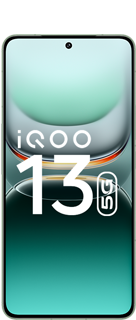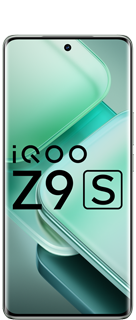Cellular Jail - Port Blair

Figure 1, view larger image
Cellular Jail, prison complex built between 1896 and 1906 in Port Blair, Andaman and Nicobar Islands union territory, India. The original Port Blair, named after Archibald Blair of the British East India Company, was a penal colony on Great Andaman established in 1789, but it ceased operating in 1796. It was not until 1858 that the British occupied the site again, this time as a penal colony in the aftermath of the Indian Mutiny. Indian revolutionaries were deported from the mainland—some 850 miles (1,370 km) to the west—to the Andaman Islands and made to clear land to build their own prison, before being incarcerated there. As the freedom movement in India continued to grow, the British decided it was necessary to build a new jail, and toward the end of the 19th century work began on a large circular building to house the ever-increasing numbers of political prisoners.

Figure 2, view larger image

Figure 3, view larger image
The Cellular Jail overlooks the sea from a small hill in the northeast of the town. It originally comprised seven wings of puce-colored brick The wings branched out like the spokes of a wheel from a central turreted tower. Each was three stories high, with cells on the first three floors and a watchtower on the fourth. In total there were 698 cells, and here prisoners could be held in solitary confinement. Frequent executions took place in full view of the cells.

Figure 4, view larger image

Figure 5, view larger image
Cellular Jail - Port Blair
This three-storeyed prison, constructed by Britishers in 1906, is a pilgrimage destination for freedom fighters. This colossal edifice has mutely witnessed the most treacherous of inhumane atrocities borne by the convicts, who were mostly freedom fighters. Now dedicated to the nation as a National Memorial.
The saga of the heroic freedom struggle is brought alive in a moving Son-et-Lumiere, shown daily inside the jail compound at 6.00 PM (Hindi) and 7.15 PM (English). Also there is a Museum, an Art gallery, and a Photo gallery, which are open on all days except Monday from 9.00 AM to 12 Noon and 2.00 PM to 5.00 PM.

Figure 6, view larger image

Figure 7, view larger image
Prisoner's Uniform

Figure 8, view larger image
View of northbay from cellular jail.. which is the same location we saw on old 20 rupee note as well

Figure 9, view larger image
Just like this , cellular jail has 7 rows like this

Figure 10, view larger image
After a campaign by Mahatma Gandhi and Rabindranath Tagore, prisoners from the Cellular Jail were sent back to the mainland until it was emptied by 1939. The Japanese occupied the site during World War II, controlling the prison from 1942 to 1945. Three of the original wings remain. The jail, which continued in operation until 1945, was declared a national memorial in 1979. It suffered some structural damage in the earthquake and tsunami of 2004.

Figure 11, view larger image
Restoration work going on

Figure 12, view larger image
The place used to hang prisoner's , Our great leaders who sacrificed their life for our freedom

Figure 13, view larger image
Walking through the corridor

Figure 14, view larger image
Back in time , prisoners are used to extract oil
Photography
85
12
Please sign in
Login and share
Sign in

























